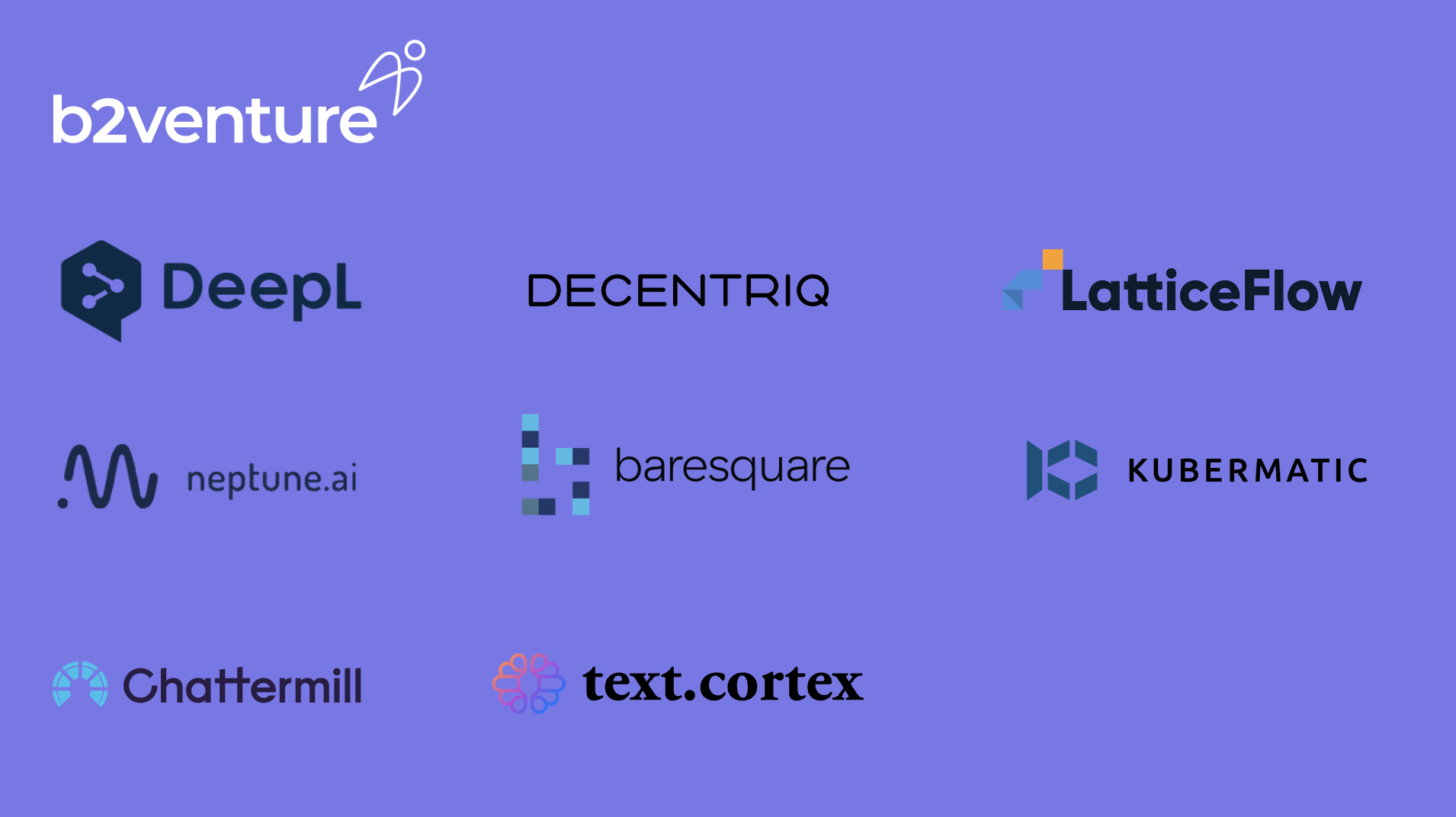Creating a workflow and payment layer for medical practices - why we invested in Nelly
Creating a workflow and payment layer for medical practices - why we invested in Nelly
While healthcare amounts to 12% of Germany’s GDP, most processes are analog and outdated. Just think about your last visit at a medical practice (if you live in Germany) — the paper questionnaires you have to fill in every quarter, and not to mention the bill that lands in your mailbox weeks after your visit (in many cases coming from a factoring provider whom you have not heard of ever before).

Turning to the medical practitioners’ perspective, they toolose a lot of time and money due to non-digitized processes for patient intake and bill settlement. An average medical practice, for example, spends 150 minutes daily on printing, signing, scanning, typewriting, archiving and shredding patient documents. The bill settlement process is similar — practitioners must deal with manual mail invoicing and high factoring costs. Patients, on the other hand, are confronted with the payment process and user experience far behind what they see as consumers.
While healthcare amounts to 12% of Germany’s GDP, most processes are analog and outdated. Just think about your last visit at a medical practice (if you live in Germany) — the paper questionnaires you have to fill in every quarter, and not to mention the bill that lands in your mailbox weeks after your visit (in many cases coming from a factoring provider whom you have not heard of ever before).

Turning to the medical practitioners’ perspective, they toolose a lot of time and money due to non-digitized processes for patient intake and bill settlement. An average medical practice, for example, spends 150 minutes daily on printing, signing, scanning, typewriting, archiving and shredding patient documents. The bill settlement process is similar — practitioners must deal with manual mail invoicing and high factoring costs. Patients, on the other hand, are confronted with the payment process and user experience far behind what they see as consumers.

The Author

Anna Bosch
Principal
Anna is Principal in the b2venture fund team and works with the entire b2venture team and across our portfolio as our in-house expert for all things ESG.

Team


















.png)




.jpg)
-min.png)


.jpg)














































.jpg)




















